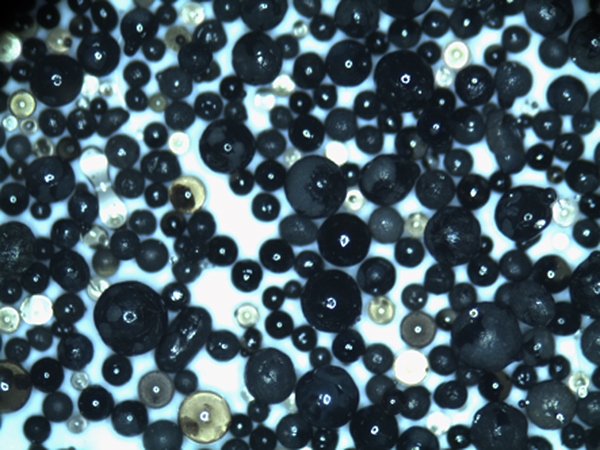Understanding Sand Casting 101
Sand casting is one of the oldest and most widely used metal casting processes, and it plays a vital role in manufacturing various complex metal parts. This versatile technique involves pouring molten metal into a sand mold to create objects of different shapes and sizes, making it an essential process in industries such as automotive, aerospace, and machinery.
Understanding Sand Casting 101
Once the mold is prepared, the pattern is removed, leaving a hollow cavity that corresponds to the desired shape of the final casting. The mold is usually divided into two halves, known as the cope and the drag, to facilitate easy removal of the cast part. After the halves are assembled, they are securely fastened, and molten metal, typically aluminum, iron, or bronze, is poured into the cavity. The metal fills the mold, taking its shape as it cools and solidifies.
sand casting 101

After the metal has cooled, the mold is broken apart, revealing the cast part. The sand is then recycled for future use, making this process not only efficient but also environmentally friendly. However, sand casting does have its challenges. The surface finish of the cast metal may require secondary processing, such as machining or grinding, to achieve the desired quality. Additionally, proper control of the pouring temperature and cooling rate is crucial to prevent defects like shrinkage or cracks.
Despite these challenges, sand casting offers significant advantages. It can produce large and complex parts at a lower cost compared to other casting methods. Furthermore, it allows for a wide range of materials and is suitable for both small and large production runs. This flexibility makes sand casting an ideal choice for prototyping and custom orders, where traditional manufacturing methods may be too expensive or time-consuming.
In conclusion, sand casting is a foundational method in metalworking with a rich history and vast applications. Its ability to produce intricate designs and adapt to various materials and production volumes ensures that it remains a prominent choice in modern manufacturing. As industries continue to evolve, so too will the techniques and technologies surrounding sand casting, ensuring its relevance for years to come.
Post time:സെപ് . 08, 2024 18:51
Next:Żywica szlifierska - Najlepsze rozwiązania do obróbki powierzchni
